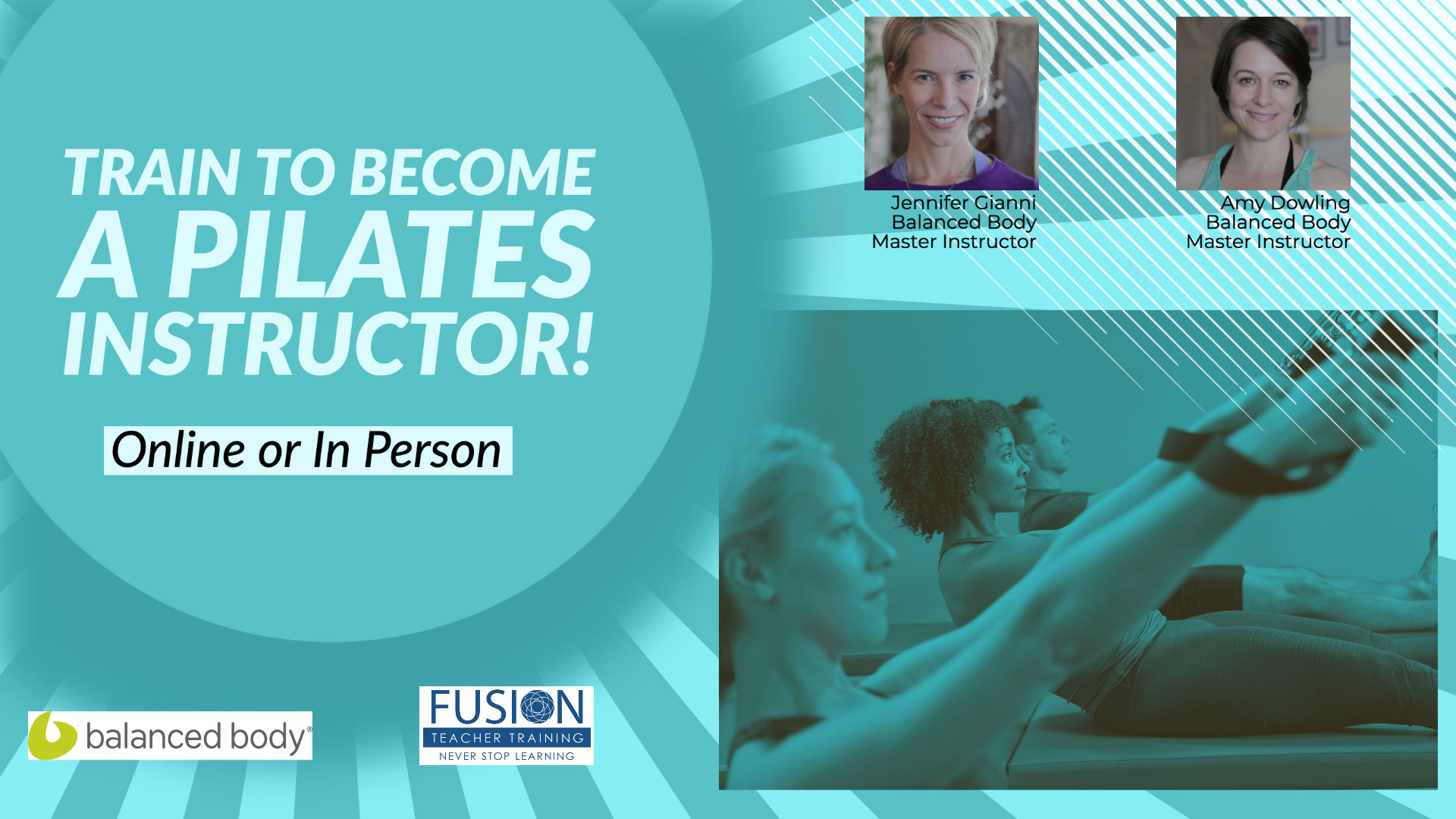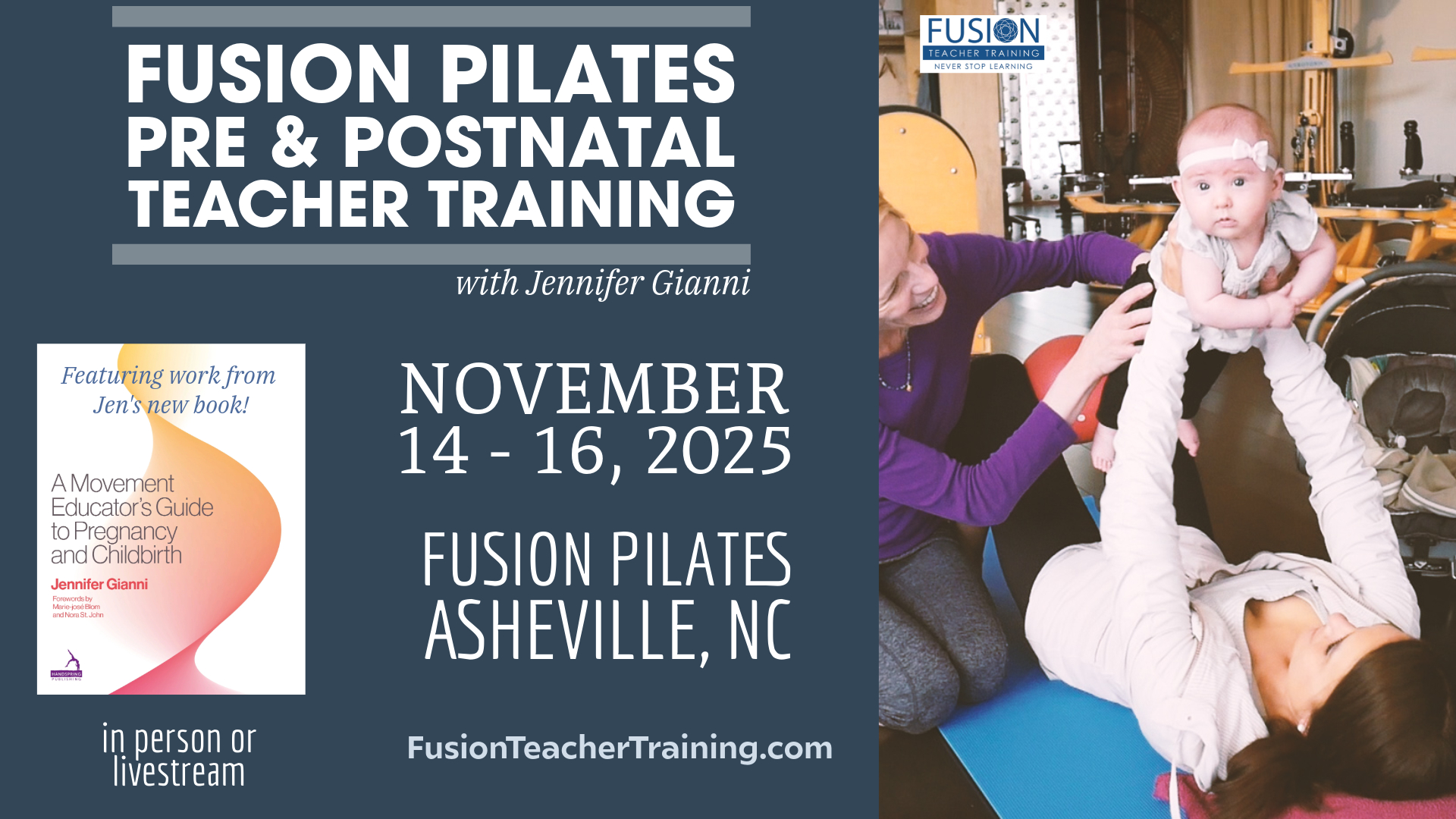 The first step to detailed cueing is seeing where the imbalances are in the body. The second is to put that into words, images, and touch that will help the client to become aware and transform. Call and Response cueing is a powerful tool. We ask for a shift and the client tries to respond to that request. From there it is a real conversation between the teacher and the client’s body and psyche. It takes a lot of brain-power to find these subtle shifts. In this video you will see an example of how this is done.
The first step to detailed cueing is seeing where the imbalances are in the body. The second is to put that into words, images, and touch that will help the client to become aware and transform. Call and Response cueing is a powerful tool. We ask for a shift and the client tries to respond to that request. From there it is a real conversation between the teacher and the client’s body and psyche. It takes a lot of brain-power to find these subtle shifts. In this video you will see an example of how this is done.
Please let us know what you thought!




Leave A Reply (2 comments So Far)
Please - comments only. All Pilates questions should be asked in the Forum. All support questions should be asked at Support.
You must be logged in to post a comment.
A couple of very important points. Don’t cue by rote. The cue your client needs today may be different to the cue needed yesterday.
Where I find this difficult is in group sessions, where several people might need different cues. Pert of the challenge of teaching, I suppose.
I could not agree more! It takes a totally different teaching skill set to help clients into their own individual movement recipe in a group class. That why I often use props in class because it is like an extra “teaching” hand that helps people integrate the work deeper into their body on their own. Then you can cue the props to the individual clients with ease! Also remember that even though we may point out a client, and give them a personalized cue, it may also spark the movement imagination of those around them!